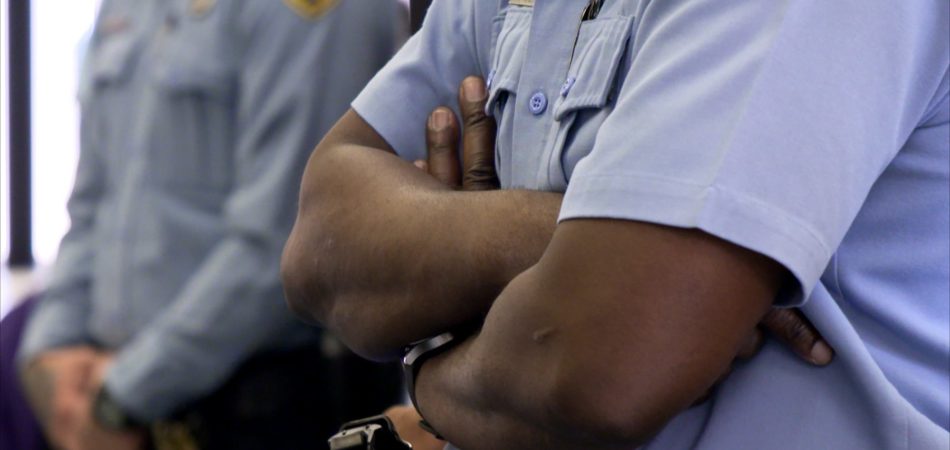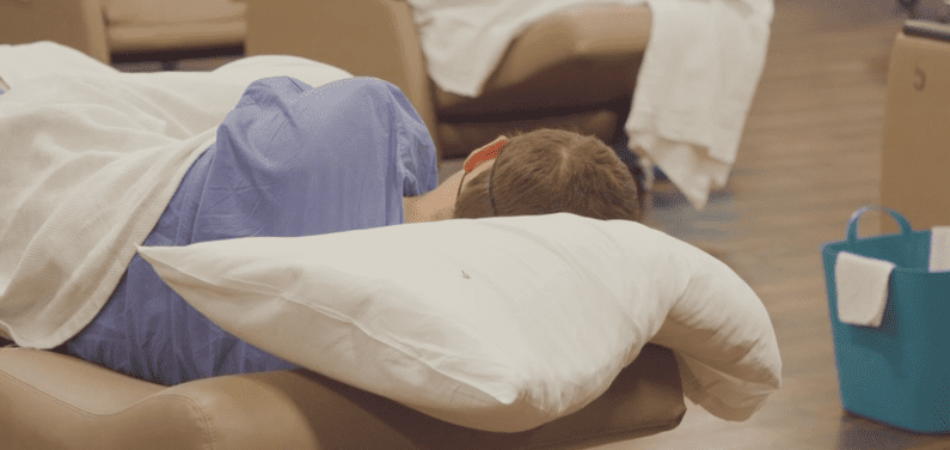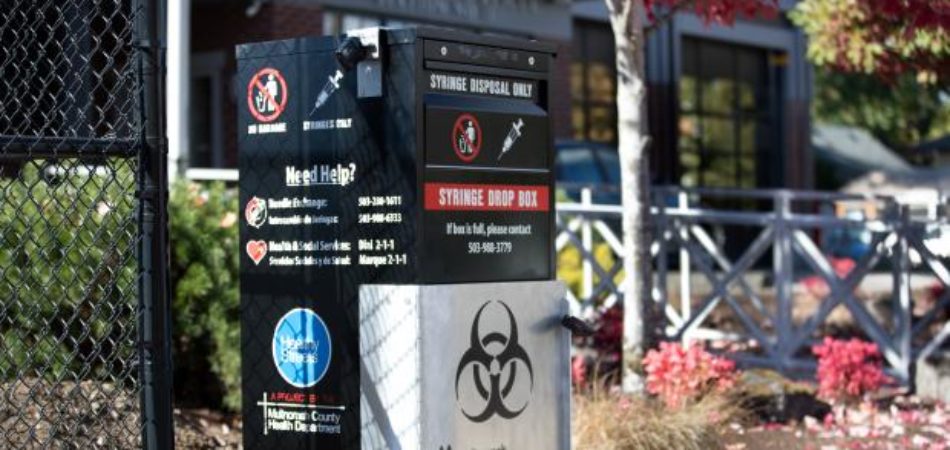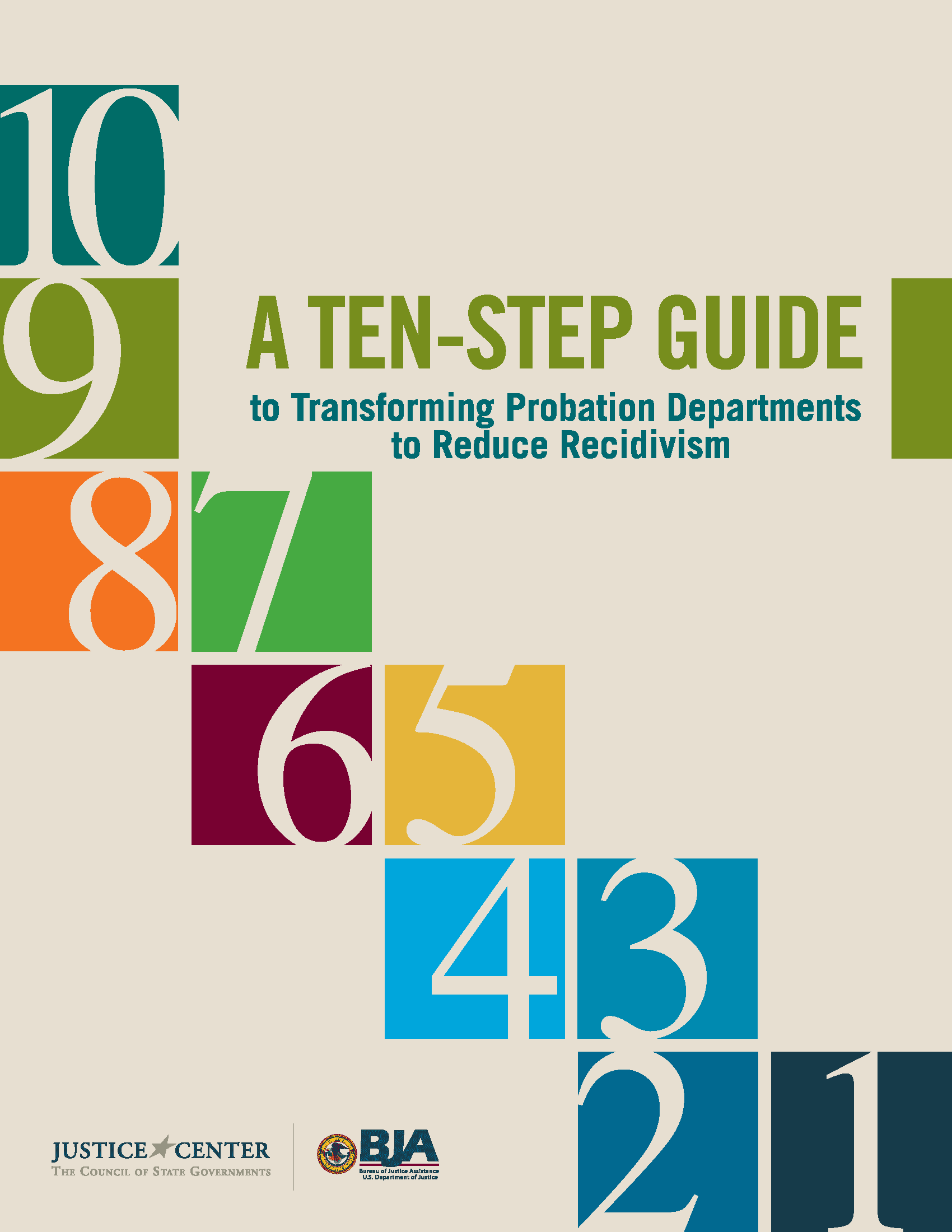A Ten-Step Guide to Transforming Probation Departments to Reduce Recidivism
This publication from The Council of State Governments Justice Center outlines four core practices probation leaders and policymakers should follow when working to reduce recidivism and improve public safety in their communities, which are: (1) effectively assessing peoples' criminogenic risk and needs, (2) employing smart, tailored supervision strategies, (3) using incentives and graduated sanctions, and (4) implementing performance-driven personnel management practices that promote and reward recidivism reduction.
A Ten-Step Guide to Transforming Probation Departments to Reduce Recidivism also describes how officials can engage key stakeholders, evaluate agency policies, and develop a strategic plan for implementing reform; provides recommendations for redesigning departmental policies and practices; and includes steps for making a department transformation permanent. Included are numerous examples of how these steps were used in the Travis County, Texas, probation department, which saw felony probation revocations decline by 20 percent and one-year rearrest rates fall by 17 percent after implementing practices outlined in the guide.
Online Course
In 2019, the American Probation and Parole Association released an online course designed in partnership with the National Reentry Resource Center. Based on A Ten-Step Guide to Transforming Probation Departments to Reduce Recidivism, the course provides a ten-step action plan to help a probation department visualize transformation of its practices from beginning to end, and to align it with the four practices of recidivism reduction.
A positive school experience, where a child feels secure, is essential for their well-being. However, for many children…
Read MoreWhen returning to their communities from criminal justice settings, people with behavioral health needs face barriers in accessing…
Read More Supporting Children of Incarcerated Parents: Reimagining School and Community Collaboration
Supporting Children of Incarcerated Parents: Reimagining School and Community Collaboration
A positive school experience, where a child feels secure, is essential for their well-being. However, for many children with incarcerated parents—one in 14 in the U.S.—school can feel far from safe due to stigma, trauma, and a lack of understanding.
Read More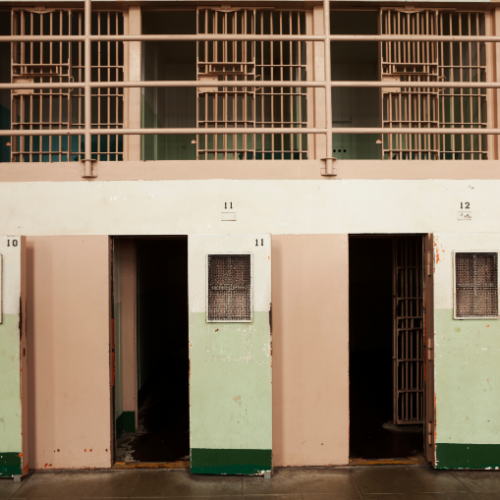 Bridging Communities and Correctional Systems: Q&A with CSG Justice Center Advisory Board Member Commissioner Nicholas Deml
Read More
Bridging Communities and Correctional Systems: Q&A with CSG Justice Center Advisory Board Member Commissioner Nicholas Deml
Read More
 Assigned to the Cloud Crew: The National Incarceration Association’s Hybrid Case Management for People with Behavioral Health Needs
Assigned to the Cloud Crew: The National Incarceration Association’s Hybrid Case Management for People with Behavioral Health Needs
When returning to their communities from criminal justice settings, people with behavioral health needs face barriers in accessing basic needs—including food, housing, employment, transportation, education, clothing, and substance use and mental health services—which increases their risk of experiencing a crisis.
Read More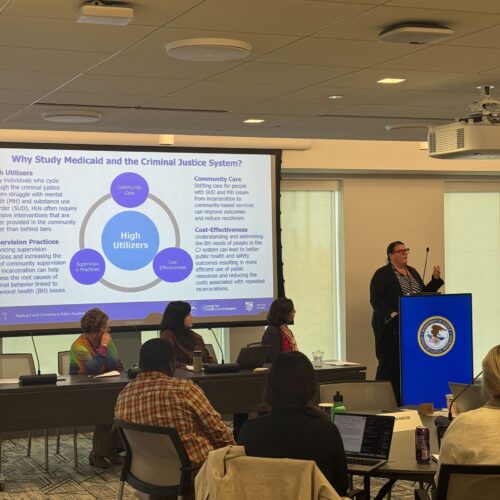 Meet the Medicaid and Corrections Policy Academy Mentor States
Meet the Medicaid and Corrections Policy Academy Mentor States
New Hampshire Department of Corrections Commissioner Helen Hanks presents at the Medicaid and Corrections Policy Academy in-person meeting.
Read More Taking the HEAT Out of Campus Crises: A Proactive Approach to College Safety
Taking the HEAT Out of Campus Crises: A Proactive Approach to College Safety
The sharp rise in school shootings over the past 25 years has led school officials across the U.S. to take a closer look at ways to keep students safe. For Chaffey College in Rancho Cucamonga, California, a tragic incident at a nearby university hit close to home and spurred campus leaders to revisit their own school’s threat assessments and crisis responses.
Read More





